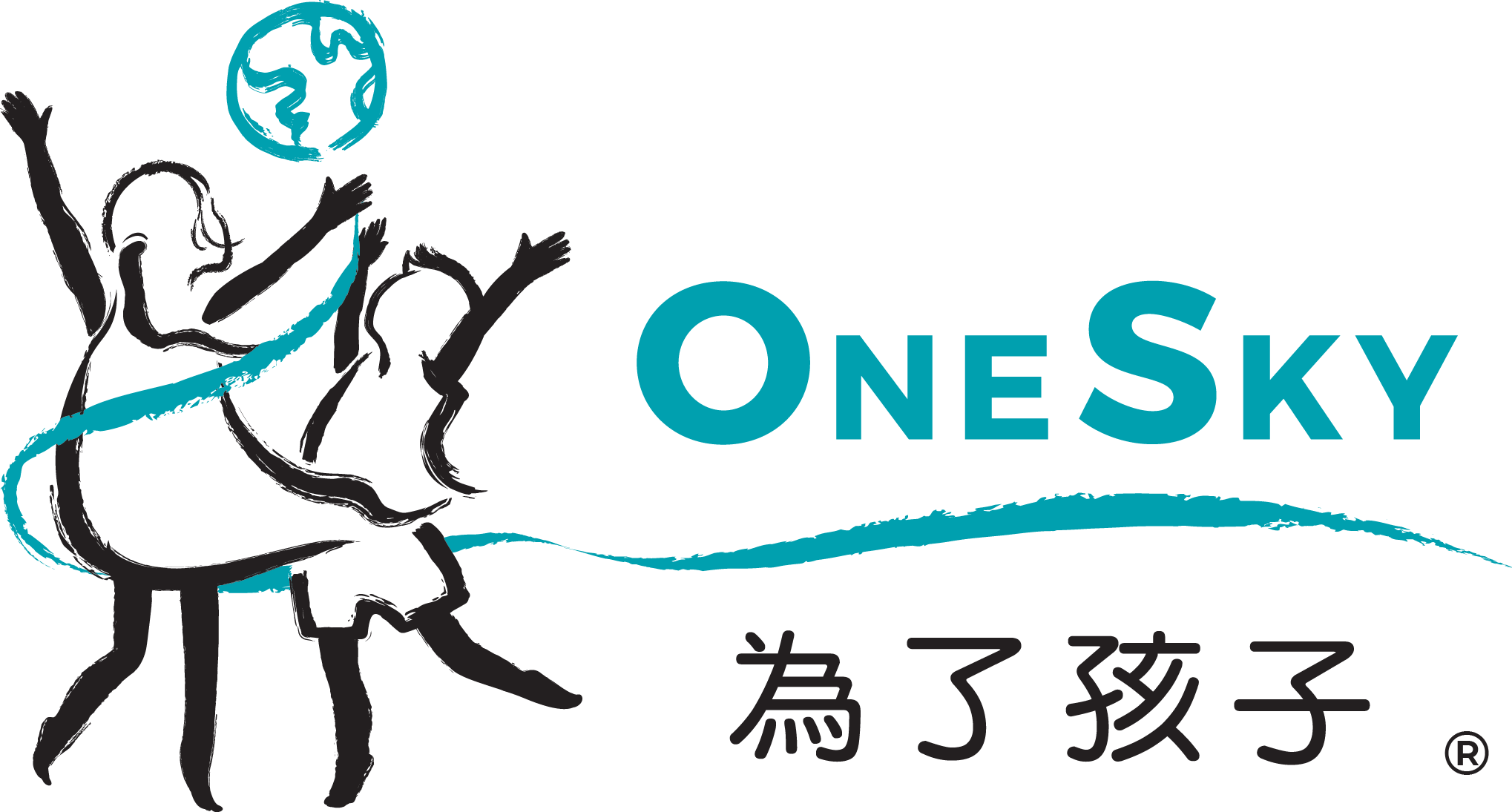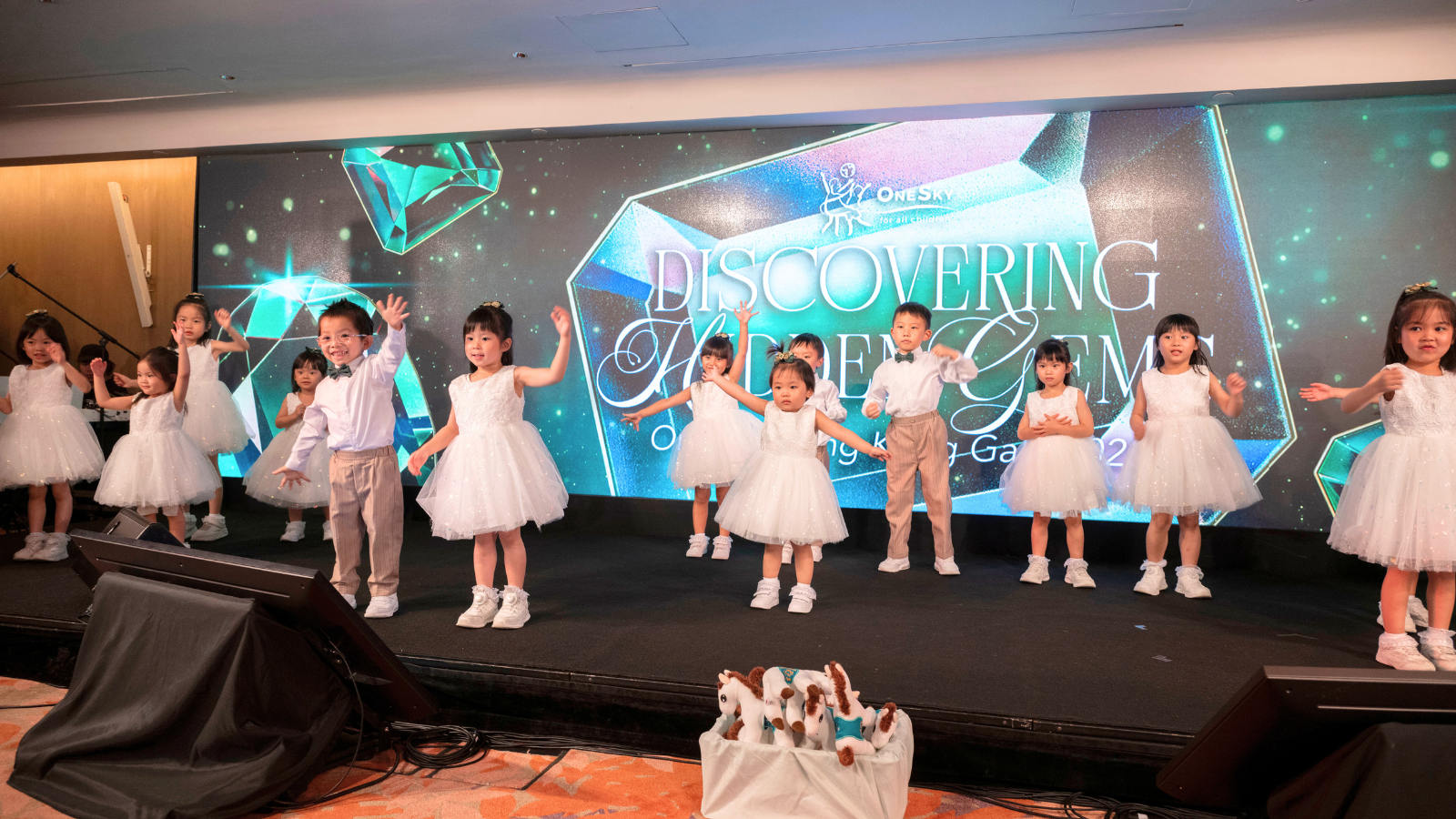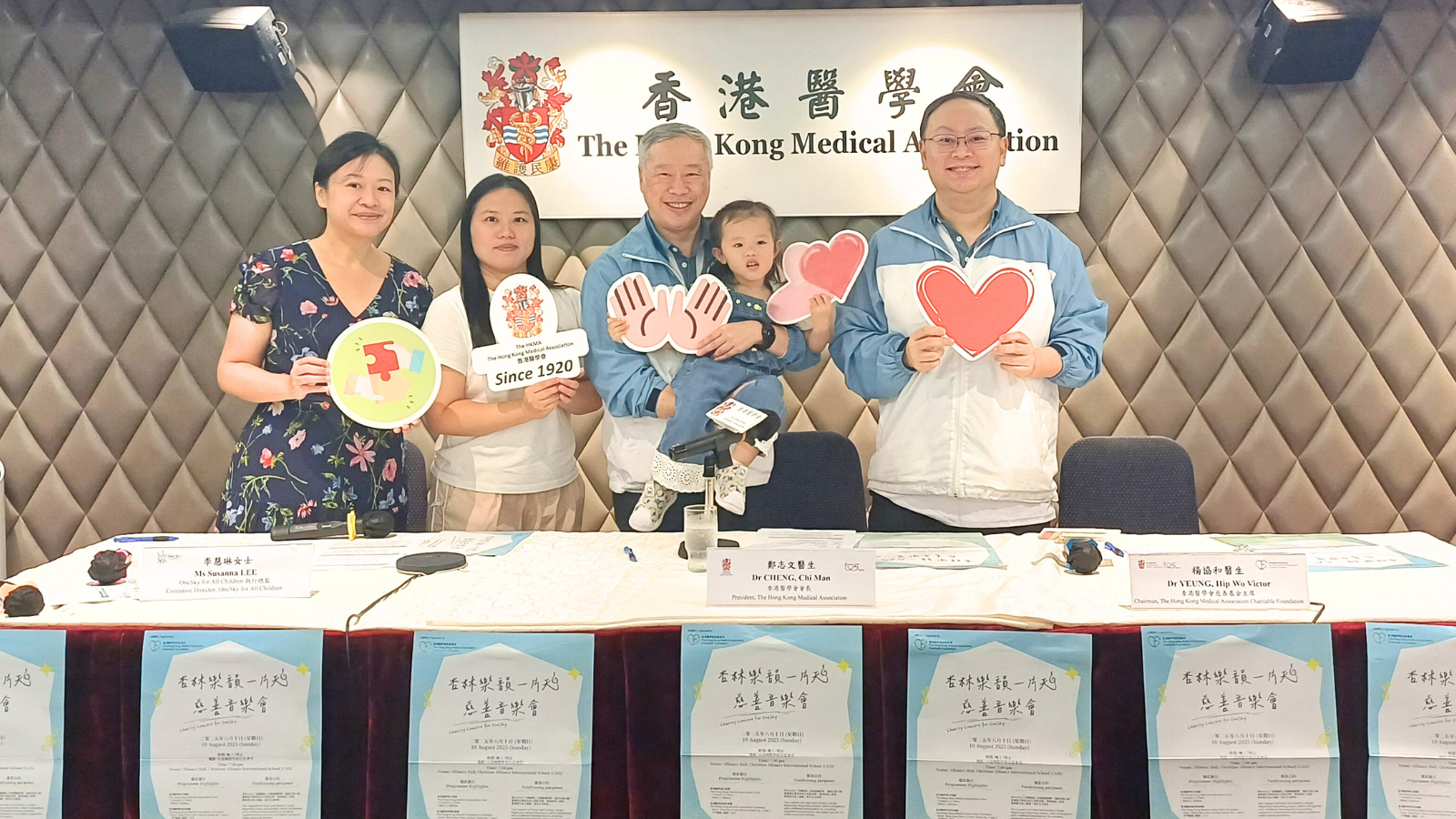Designing Spaces That Nurture: A Conversation with Carsten Rakutt, Founder of Rakoon Design
When it comes to creating spaces that inspire, comfort, and nurture, few designers approach their projects with the heart and vision of Carsten Rakutt, founder of Rakoon Design. One of his standout projects is The P. C. Lee OneSky Global Centre for Early Childhood Development, a welcoming environment for young children and caregivers from under-resourced families to grow and thrive. Beyond Hong Kong, Carsten has also lent his expertise to OneSky in Mongolia, bringing his philosophy of creating child-centered spaces to an international stage.
Discover with us Carsten’s philosophy for creating joyful spaces and a home away from home for children.
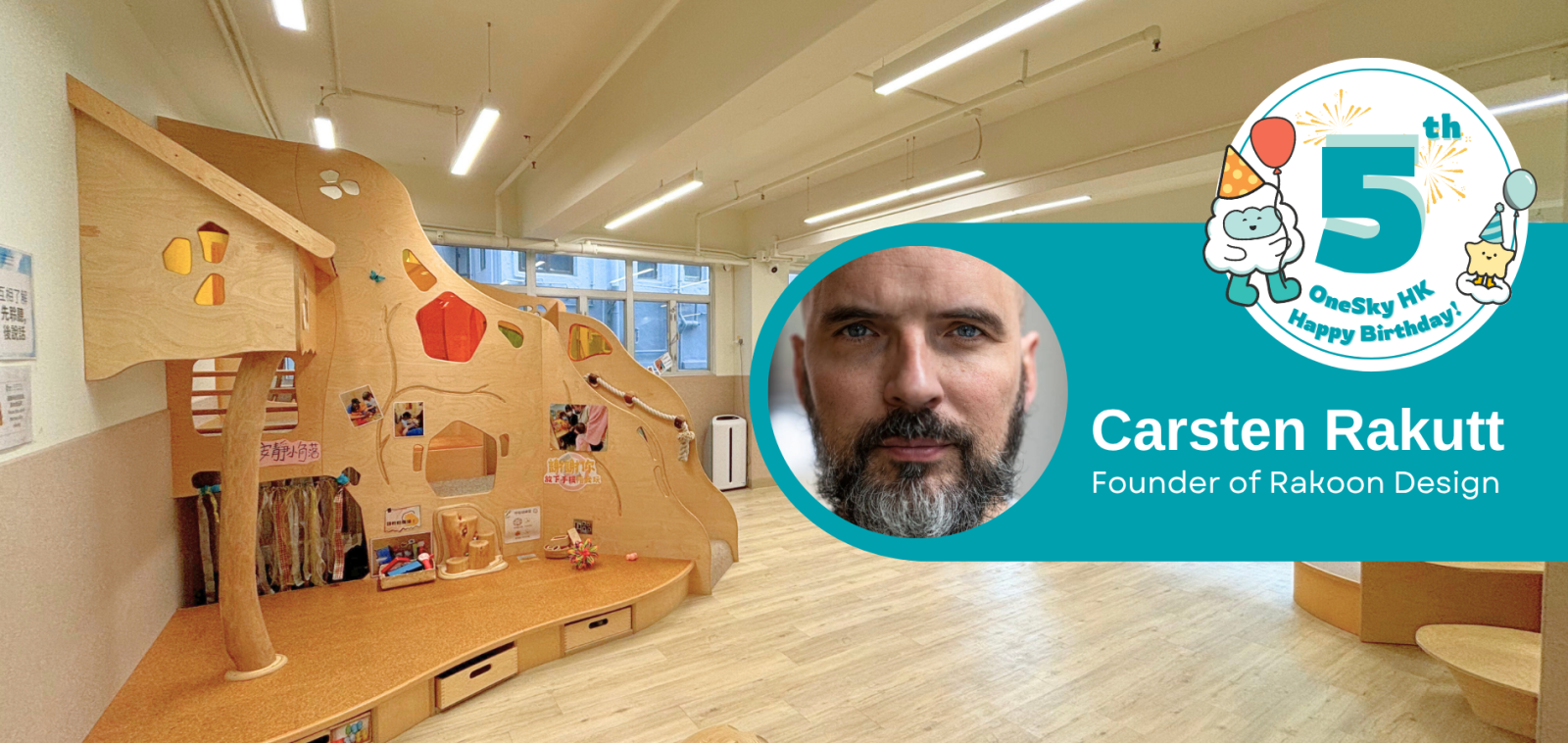
1. When you design, what kind of space do you think is important for children to grow and thrive?
When designing a play area, we make sure, our design promotes active play, communication, and collaboration. At the same time, it should include quieter zones where children can observe, retreat, or bond. As educational environments, there are additional considerations—finding the right balance of movement, challenge, and comfort tailored to each age group. It’s also important to identify where teachers can engage with children and facilitate learning effectively. Additionally, caregivers need spaces that allow them to observe and interact comfortably. For specialized spaces like OneSky, meeting the diverse needs of children, teachers, and caregivers requires thoughtful planning. Although this is a complex task, focusing on the child’s experience as the central element helps guide the design process toward solutions that serve everyone involved.
2. What do you think are the specific needs of a community like OneSky, and how does your design address and respond to those needs?
I believe that communities like OneSky have unique needs, particularly given that many families live in small, overstimulating environments with limited opportunities for calmness. To address this, our design for the OneSky space intentionally avoids overly vibrant colors and typical playroom aesthetics. Instead, we focus on creating a calming environment that soothes the senses and provides a comfortable setting for both children and caregivers. Our goal is to foster a sense of ease and trust, establishing an atmosphere where meaningful connections can flourish and families feel supported.
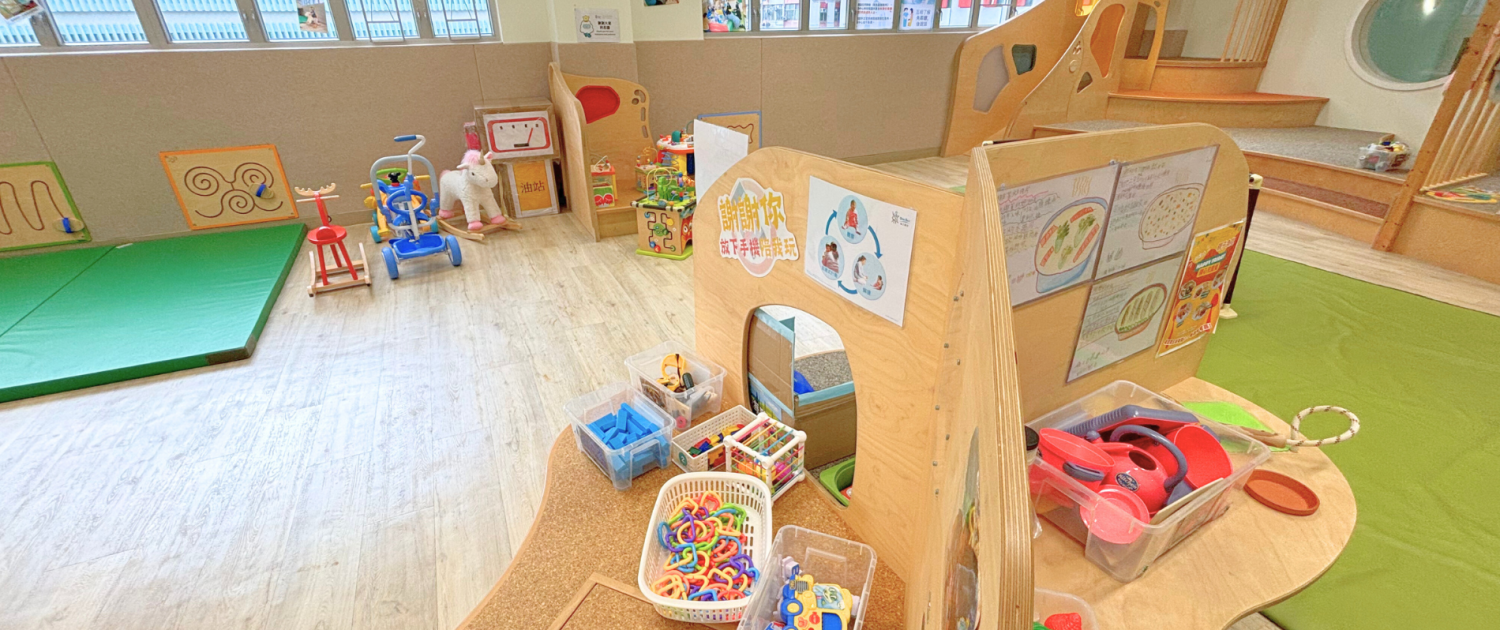
3. Reflecting on your work with One Sky, what do you think is the most rewarding aspect for you?
When I took on this project, my primary goal was to create a space where children feel truly comfortable. Unlike commercial projects, I didn’t need to focus on optimizing crowd capacity or cash flow. Instead, I could concentrate on integrating educational elements into the playgrounds. The emphasis was on designing spaces that are both comfortable and effective for learning. In contrast, many commercial designs often prioritize aesthetics and “Instagram-ability,” ensuring the space looks great—something I also strive for. However, in this case, the main focus wasn’t on appearance but on creating the best possible environment for education. This approach is incredibly rewarding because it allows me to prioritize the needs of children and educators above all else.
4. What do you expect children to feel when they see the playscape that you have designed? What are your expectations?
My primary expectation is that children should feel welcomed, warm, and calm the moment they arrive. This sense of comfort is crucial, almost as if a weight is lifted from their shoulders. The first emotion a child should experience when entering the playground is happiness—an environment that sparks their imagination and encourages them to envision stories, thinking, “I’ll go there, and then I’ll do this.” For children from low-income families, who often face many hostile or stressful environments outside, the space should serve as a refuge—a place of calmness, safety, and belonging. It should foster a sense of community where they feel secure and know they don’t need to worry, creating an atmosphere of trust and inclusion.
5. Why do you think creating a community through your design is important for the OneSky families?
If the space is designed with tiny plastic chairs that make caregivers want to retreat or reach for their phones, it undermines the sense of community. Instead, the environment should invite everyone to spend time together and engage with one another. To foster a genuine sense of calmness, it’s important to create areas where people can sit comfortably—whether in groups or alone. These spaces allow individuals to withdraw if needed, observe, overcome shyness, and gradually build connections within the community. This gradual process is especially vital in a space like OneSky, where developing relationships over time is key. When caregivers feel comfortable and ready, they will engage more actively, and as they see children participating too, the community will flourish, grow stronger, and stay connected.

6. It is the fifth year that OneSky has been operating a Centre in Hong Kong. Is there anything you would like to say to our community?
Congratulations on five remarkable years in Hong Kong! You have left a significant mark on your community, and I trust that this impact will endure for decades. While The Centre stands as one part of this legacy, the children it serves represent another vital piece, forming a learned community that will carry these values forward, creating ripple effects far beyond. I hope OneSky continues to thrive for decades to come, spreading its influence globally. Congratulations once again, and I look forward to supporting OneSky for many more years ahead.
This post is also available in: 中文


